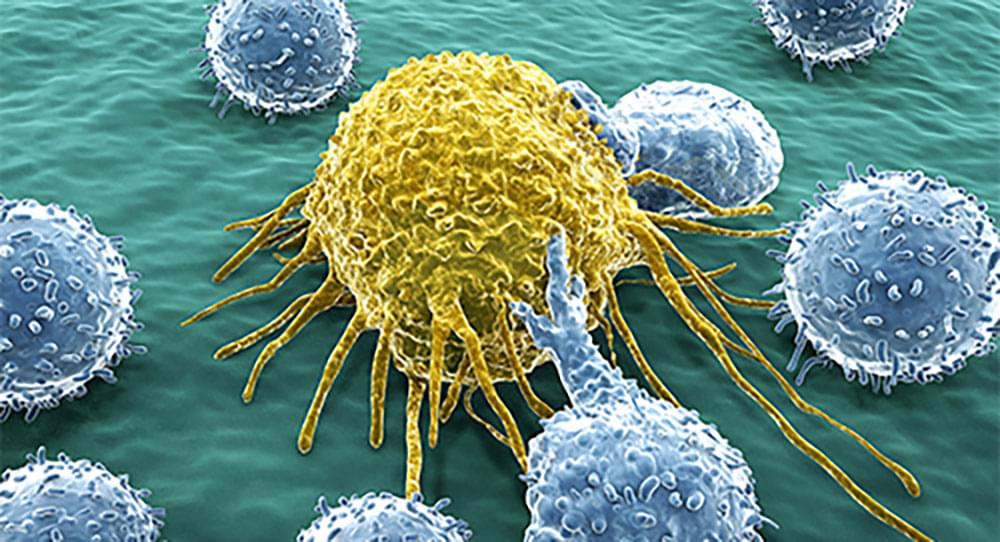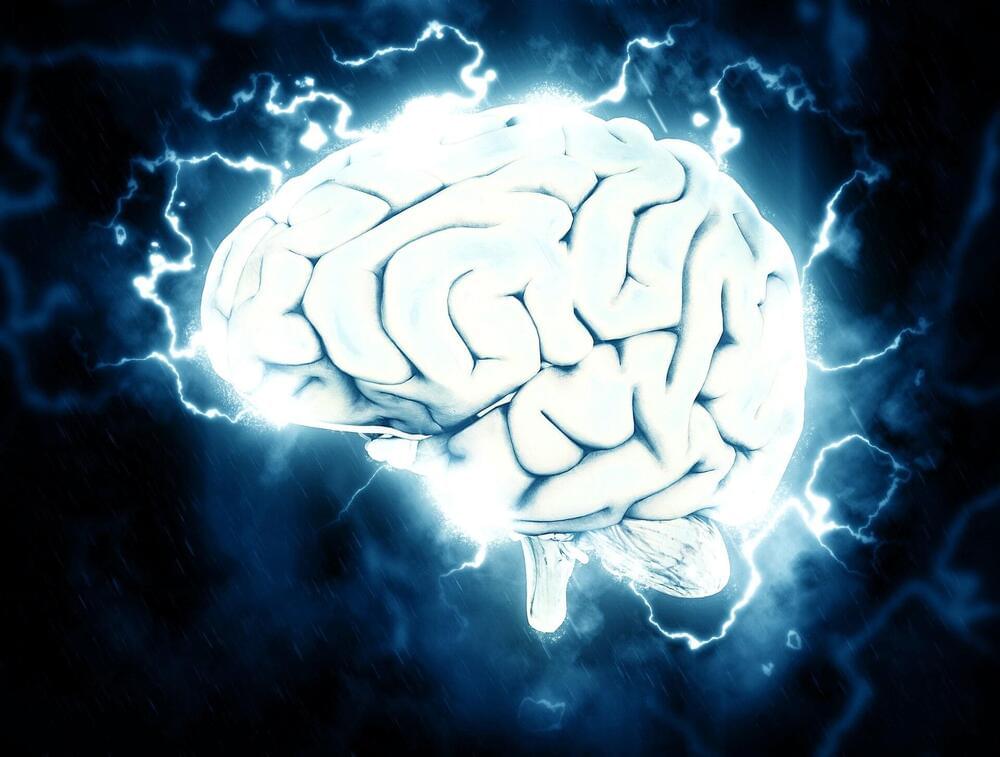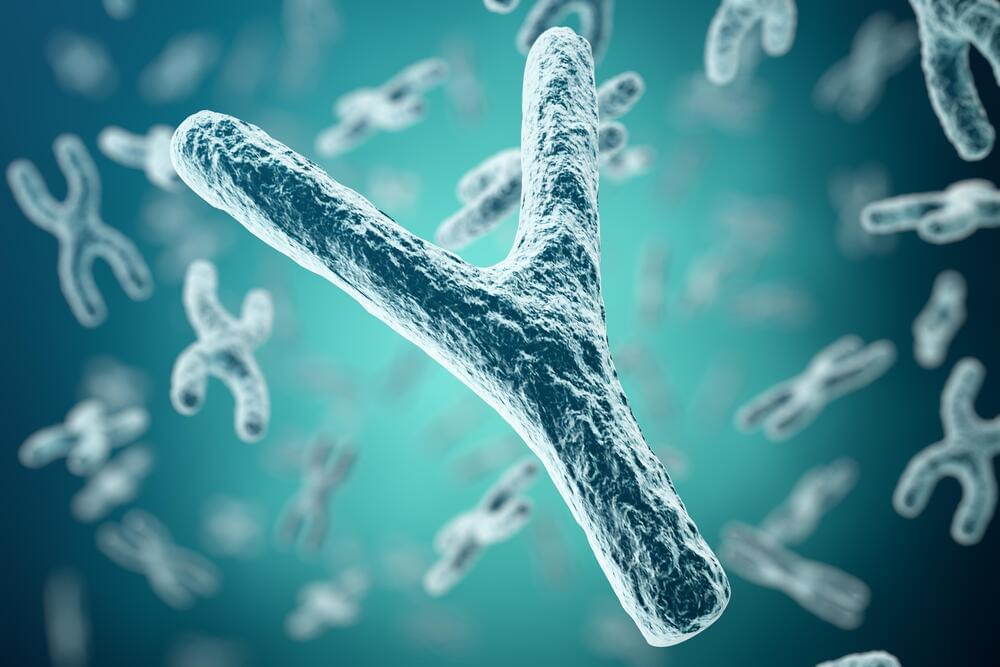A new study in mice by scientists at St. Jude Children’s Research Hospital reveals that immune and tumor cells compete over glutamine. The researchers also identified a molecular pathway that could serve as a potential drug target to achieve the same effect.
The findings are published in Nature in an article titled, “SLC38A2 and glutamine signaling in cDC1s dictate anti-tumor immunity.”
“Cancer cells evade T cell-mediated killing through tumor–immune interactions whose mechanisms are not well understood,” the scientists wrote. “Dendritic cells (DCs), especially type-1 conventional DCs (cDC1s), mediate T cell priming and therapeutic efficacy against tumors. DC functions are orchestrated by pattern recognition receptors, although other signals involved remain incompletely defined. Nutrients are emerging mediators of adaptive immunity, but whether nutrients affect DC function or communication between innate and adaptive immune cells is largely unresolved. Here we establish glutamine as an intercellular metabolic checkpoint that dictates tumor–cDC1 crosstalk and licenses cDC1 function in activating cytotoxic T cells.”








